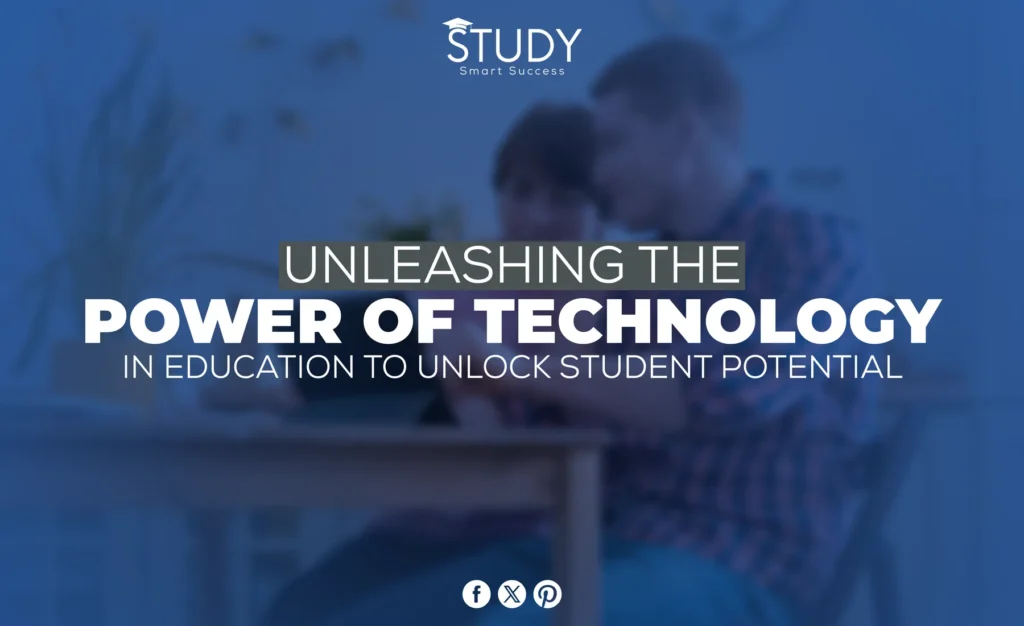Introduction
Have you ever wanted to help your students reach their potential? Technology and education may unlock this potential and produce extraordinary results. Technology is transforming education worldwide by providing novel, engaging solutions for tailored instruction and more significant learning experiences. How can teachers maximize tech-based resources to help kids succeed? This blog post will discuss classroom technology integration methods. We will uncover best practices to help instructors and students achieve their highest learning goals. Join us as we use technology to help students succeed!
Technology Integration in the Classroom: Advantages and Difficulties
As technology advances, it will enter classrooms worldwide. Technology integration in the school has many benefits, but teachers must also address various challenges. Technology has made education more engaging and interactive by providing students with rapid access to knowledge. Ensuring that all students have equal access to and use technology efficiently may be challenging. Educators must create innovative ways to employ technology in the classroom to satisfy students’ needs and improve learning.
Making Use of Learning Management Systems (LMS) to Show Off Student Development
Technology has changed education by providing new ways to track and support students. Popular technologies include the Learning Management System (LMS), which lets teachers develop and deliver online courses, manage student progress, and measure student participation. LMS technology is used more in schools and colleges to personalize learning.
Tracking and assessing student progress with an LMS is a significant benefit, providing valuable instructional insights. LMS technology changes how teachers evaluate and report student progress. Its analytical and real-time capabilities boost instruction and decision-making.
Using educational apps to provide a personalized learning experience
Technology is rapidly transforming schooling. With various apps, kids can access many instructional tools. These apps have revolutionized student learning. Educational apps can create personalized learning experiences instead of classrooms. These apps allow students to actively learn at their own pace and fit a range of learning styles, tempos, and preferences. We can create a more intelligent and engaging learning environment by merging technology and education, giving students an unrivalled educational experience.
Examining Innovative Approaches to Gamify Instruction for Students
Gamification in education is rising due to technological advances that allow teachers to engage students and make learning more participatory. Gamification can incorporate points, leaderboards, and quests into learning.
This strategy is popular because it promotes healthy student competitiveness and makes studying fun. It also encourages pupils to challenge themselves. Gamification makes learning fun rather than demanding for students. Technology has transformed education by making it more engaging and accessible.
Using Video Conferencing to Improve Online Collaboration and Communication
Technology in education has revolutionized how we interact and learn. With remote work and online collaboration, video conferencing is essential for communication. Through face-to-face interactions from many locations, video conferencing has helped us collaborate, share ideas, and communicate.
This technology is essential as remote learning becomes more widespread in education. Video conferencing allows worldwide connections, virtual classrooms, and online meetings with colleagues and students, revolutionizing teaching and learning.
Assisting Parents in Realizing the Advantages of Technology-Enhanced Education
Technology and education coexist nowadays. As schools embrace digital learning, parents must be informed about its benefits. Technology gives pupils rapid access to many teaching materials. This improves instruction and expands accessibility, especially when the pandemic closes schools. We can help parents understand technology-enabled learning to boost their children’s education and academic performance.
Conclusion
Thanks to technology, instructors and students can achieve excellent learning outcomes. It helps digital natives and immigrants bridge the divide by allowing teachers to engage students and parents in purposeful learning. Technology lets students express themselves through games and online portfolios, making instruction more personalized. Video conferencing enables educators to see students’ social-emotional learning needs and improve them while promoting online collaboration.
Finally, parental involvement through support platforms fosters technology-enhanced learning and reduces the home-school digital gap. Despite predicted challenges, a comprehensive technology integration strategy may offer equal access and informed use for all demographics and long-term educational benefits for all stakeholders. Make the right technical arrangements for your classroom immediately to give pupils a cutting-edge learning environment.
FAQs
Q1: A Learning Management System (LMS): What is it?
A learning management system (LMS) software program enables businesses to plan, organize, record, monitor, report on, deliver, and assess the success of training initiatives.
Q2: What advantages does LMS offer?
Using an LMS, teachers may produce interesting material, distribute it to students, and monitor their progress. This technology makes learning accessible and adaptable, allowing students to go at their speed.
Q3: How can educational apps improve learning?
Personalized learning experiences are made possible by educational applications, which accommodate a variety of learning preferences and methods. They improve accessibility, interaction, and engagement in the classroom.
Q4: What does educational gamification entail?
Applying game-design features, such as quests, leaderboards, and points, to non-gaming situations, such as education, is known as gamification. It increases the interaction, motivation, and enjoyment of learning.
Q5: In what ways can video conferencing help with virtual learning?
Video conferencing allows face-to-face, real-time interactions between instructors and students regardless of location. It facilitates group learning and improves dialogue.
Q6: Why is it so important that parents know about technology-enabled learning?
Parents need to be aware of the advantages of technology since it is being incorporated into schools more and more. With this information, they are more equipped to encourage their kids’ academic achievement and participate in their education.
Q7: In what ways does technology assist those involved in education?
With technology, educators may engage students in various ways, promote individualized learning, facilitate powerful online collaboration, and let parents become involved in their kids’ education. It guarantees equal access to education for all demographic groups and closes the digital gap.




